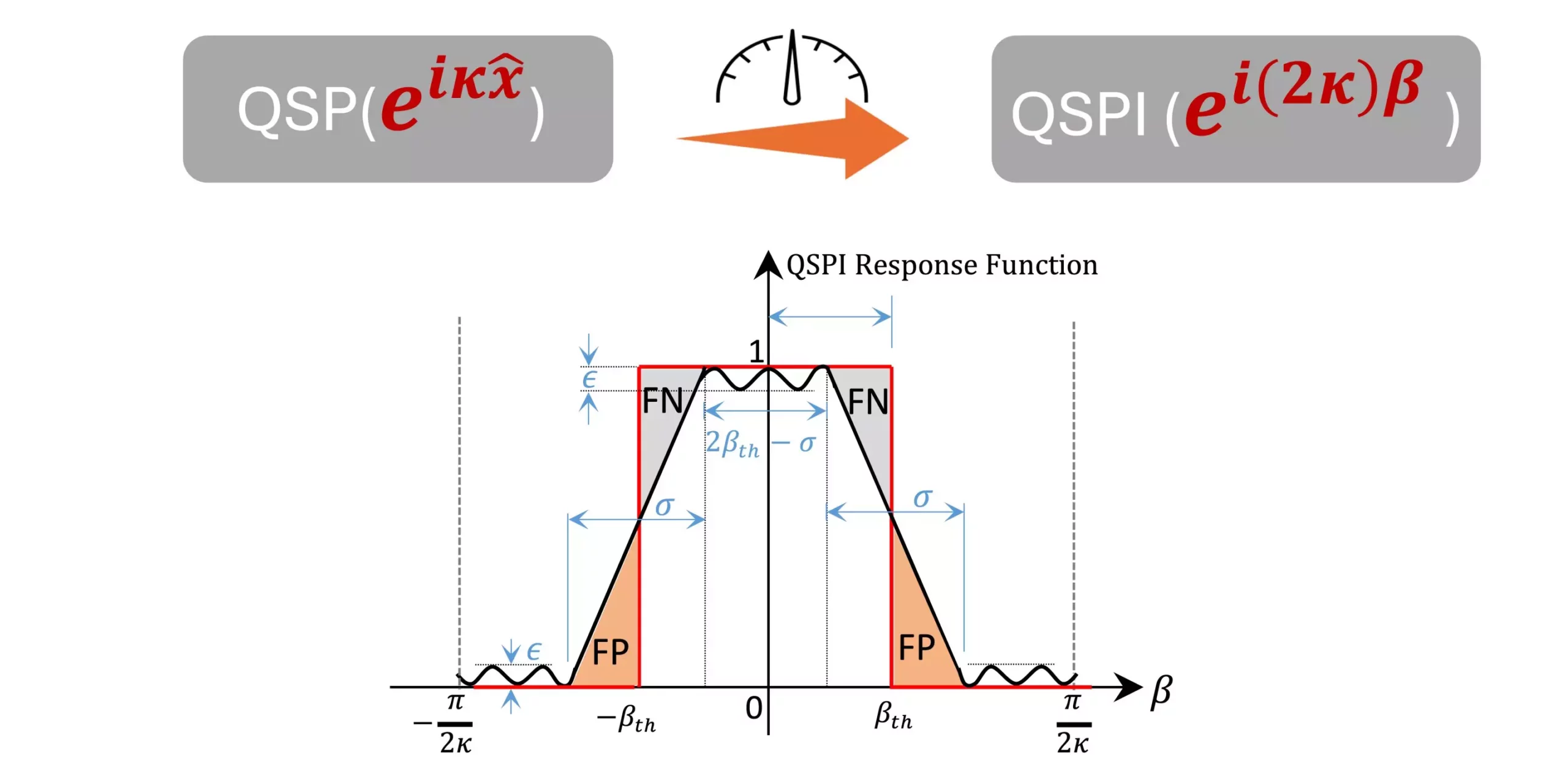In the rapidly evolving world of technology, the marriage of quantum mechanics with sensor design marks a groundbreaking development. Researchers hailing from North Carolina State University and the Massachusetts Institute of Technology (MIT) have proposed an innovative protocol that utilizes quantum sensors, potentially surpassing the capabilities of conventional sensors. This advancement promises to refine the sensitivity and accuracy of measurements, making it a vital tool across various fields, from material science to healthcare.
The research embraces a dual approach by integrating classical signal processing principles into quantum sensing, allowing for a more directed and efficient method of detection. This intersection of classical engineering and quantum theory has the potential to redefine how we capture and understand phenomena in the quantum realm.
Understanding Quantum Mechanics: Qubits and Bosonic Oscillators
At the heart of this innovative framework lies the collaboration between qubits—quantum bits that preserve quantum information—and bosonic oscillators, which are the quantum equivalent of their classical counterparts. Qubits possess the unique ability to exist in a state of superposition, representing two values simultaneously. Meanwhile, bosonic oscillators function in an infinite-dimensional phase space, which allows for an array of possible states well beyond the limitations of simple binary systems.
This complex relationship gives researchers a solid foundation upon which to construct more sensitive sensing methods. Understanding the interplay between these components is crucial, as it provides the mechanisms through which quantum sensors can operate at unprecedented levels of efficiency.
Fine-Tuning Measurements: A Quantum Leap Forward
The emphasis of this research lies in the ability to fine-tune these quantum systems to identify specific signals effectively. Traditionally, sensors have struggled with specificity; they often generate noise and false positives due to their broad detection capabilities. However, this new protocol enables a more focused approach by simplifying the measurement tasks into binary decision questions—such as determining whether a property of interest is present.
By utilizing an algorithmic framework that couples the two-dimensional qubit to the infinite-dimensional bosonic oscillator, researchers can engineer the sensor to respond with high sensitivity to defined signals. This manipulation can be likened to tuning a musical instrument, where small adjustments can yield a perfect pitch tailored to the desired frequency.
Interference and Readout: The Quantum Advantage
Once the sensor is fine-tuned, it employs the concept of interferometry to encode the output results within the qubit state. By measuring the qubit, which serves as a “single-shot” system, researchers can obtain a direct “yes” or “no” response concerning the presence of the desired signal. The elegance of the approach lies in its simplicity; only one measurement is needed to draw conclusive results. This is a significant departure from traditional methods that often require multiple measurements, increasing both time and resource expenditures.
Such efficiency is especially critical in fields where detecting subtle signals is paramount. The ability to ascertain information swiftly and with minimal resources can lead to breakthroughs in scientific research, environmental monitoring, and medical diagnostics.
Bridging Classical and Quantum Realms
One of the most inspiring aspects of this research is its capacity to bridge classical engineering practices with quantum technology. Liu and his team have meticulously crafted a system that uses widely accessible quantum computational resources, such as trapped ions and superconducting platforms. This incorporation significantly lowers the entry barriers for developing quantum sensors, expanding availability for researchers and industries that can benefit from enhanced sensing capabilities.
Furthermore, the methodology suggests a wider application that could enable various types of quantum sensors to be developed under a unified framework. Such flexibility may lead to rapid advancements in quantum sensing technology, paving the way for applications that we have only begun to imagine.
The collaboration between these brilliant minds not only represents a leap in sensor technology but also a profound understanding of the potential that quantum mechanics holds. As the field continues to evolve, one cannot help but feel excited about the possibilities—efficiently harnessing the enigmatic power of quantum physics might just be the key to unlocking a new era of technological brilliance.


Leave a Reply